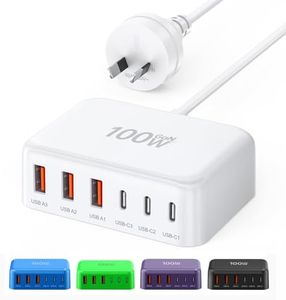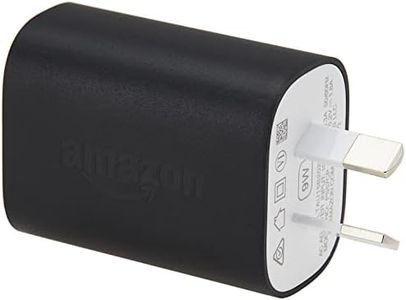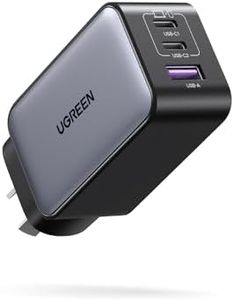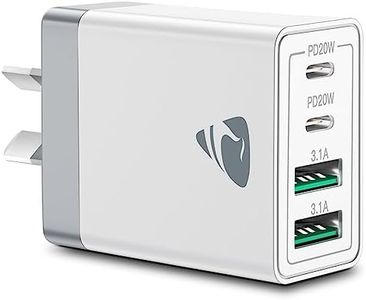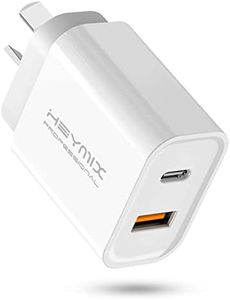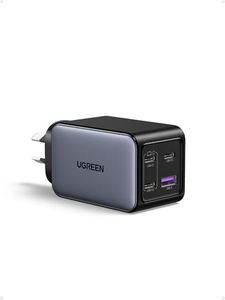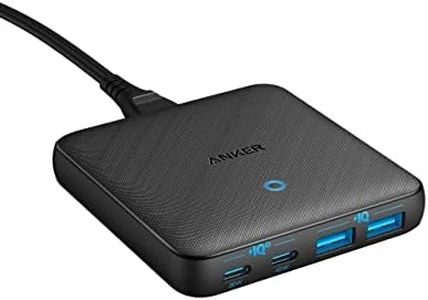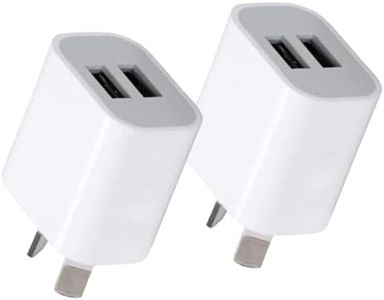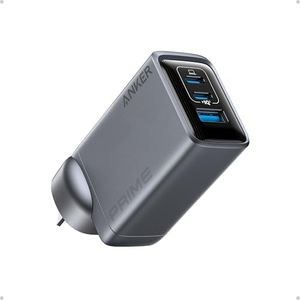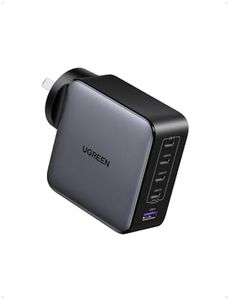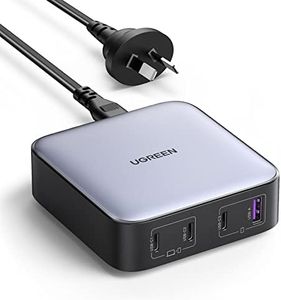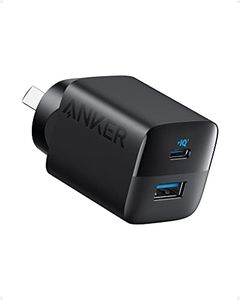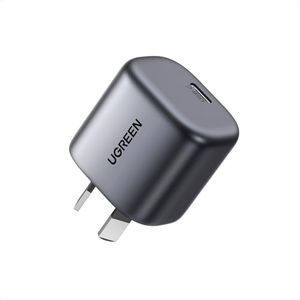We Use CookiesWe use cookies to enhance the security, performance,
functionality and for analytical and promotional activities. By continuing to browse this site you
are agreeing to our privacy policy
10 Best Usb Wall Chargers
From leading brands and best sellers available on the web.By clicking on a link to a third party's website, log data is shared with that third party.
Buying Guide for the Best Usb Wall Chargers
Choosing the right USB wall charger can make your life a lot easier by ensuring your devices charge quickly and safely. There are a lot of options to choose from, and the best one depends on what devices you have, how many things you want to charge at once, and how fast you need them charged. To pick a charger that fits your needs, focus on a few key features so you end up with something that's reliable, safe, and convenient for your daily use.Number of PortsThe number of USB ports on a charger determines how many devices you can charge at the same time. If you only need to charge one device at a time, a single-port charger will do. If you often charge several gadgets together, like a phone, tablet, and headphones, look for two-port or multi-port chargers. More ports are handy for families or travel, but remember that the total power output may be split, so check if it meets your needs when everything is plugged in.
Total Power Output (Wattage)The total power output, measured in watts (W), shows how much energy the charger can provide overall. Higher wattage means faster charging, especially for devices that support fast charging. Chargers usually range from 10W to over 60W. For charging phones, 10W–20W is generally sufficient, but for tablets or laptops, you’ll want something higher, often 30W or more. Think about what kind of devices you’ll be charging and choose a charger that can provide enough power for your needs.
Output Ports Type (USB-A, USB-C)USB chargers can have different port types—mainly USB-A and USB-C. USB-A is the traditional, larger port; USB-C is newer, smaller, and can transfer more power and data. If you have newer phones or laptops, USB-C might be required for fast charging. For older devices, USB-A is still relevant. Ideally, pick a charger with the mix of port types that best matches your devices. If you mostly use newer electronics, focus on USB-C outputs.
Charging Standards Supported (Quick Charge, Power Delivery)Some chargers support special charging standards like Quick Charge or USB Power Delivery (PD), which let compatible devices charge much faster. If your device supports fast charging through one of these standards, you’ll want a wall charger that matches it. Check your device’s specs and pick a charger that supports the same standard for the best experience. If you have a mix of devices, a charger supporting multiple standards adds flexibility.
Safety FeaturesSafety features like over-current, over-voltage, and short-circuit protection prevent your devices from being damaged while charging. Quality chargers include built-in protection to keep charging safe even if something goes wrong. Always look for these features, especially if you plan to charge expensive electronics or leave them plugged in unattended. A safer charger means peace of mind.
Charger Size and DesignThe physical size and design of the charger affects how easy it is to use and carry around. Smaller chargers are great for travel or use in tight spaces, while larger multi-port chargers work well on a desk or bedside table. Think about where and how you’ll use the charger, and choose a size that fits your routine.
